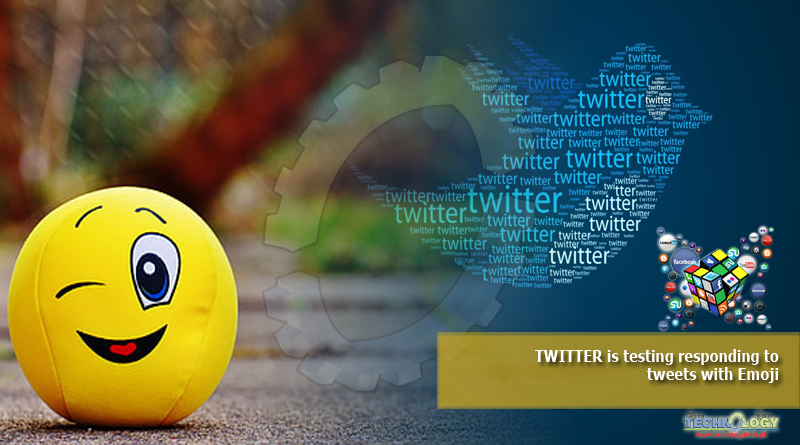Users can either respond with an emoji of their choice, or some preselected options to tweet in twitter

Twitter’s testing the ability to react to a tweet, providing emoji responses which would sit underneath user’s posts.
The feature was uncovered by social media researcher jane manchun wong.
Users can either respond with an emoji of their choice, or some preselected options. These include the crying-laughing emoji, the “100” emoji, a shocked face, and the pressed palms emoji.
In the screenshot posted by wong, it also shows the option to reply with a fleet.
Fleets are twitter’s equivalent of the stories feature found on snapchat, instagram, and facebook, in that they disappear after they are posted.
They are currently being tested in brazil.
The independent has reached out to twitter for confirmation of the feature.
Why twitter chose not to censor trump’s latest conspiracy theory tweet
Twitter had already launched emojis as reactions in its direct messages.
Wong has previously found that the social media site is reopening its verification process, although there is no timescale for when that would happen for general users.
This is not the only change that twitter is making to its platform.
The company is also experimenting with asking users to read an article before retweeting it.
Another feature twitter is testing is a prompt to users asking them to “revise” their language when tweeting rude or “harmful” content.
Twitter had already launched emojis as reactions in its direct messages.
Wong has previously found that the social media site is reopening its verification process, although there is no timescale for when that would happen for general users.
This is not the only change that twitter is making to its platform.
The company is also experimenting with asking users to read an article before retweeting it.
Another feature twitter is testing is a prompt to users asking them to “revise” their language when tweeting rude or “harmful” content.
This news was originally published at independent.co.uk
